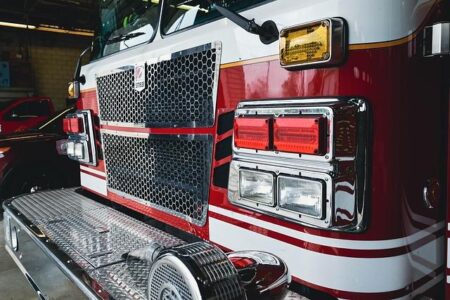Golfers facing a fairway bunker know that selecting the right club can make the difference between a smooth recovery and a frustrating blowup. Navigating the challenge of getting over the lip-a raised edge surrounding many fairway bunkers-requires both precision and strategy. In this article, we explore expert tips and practical advice on how to choose the ideal club for clearing the lip, helping players of all skill levels improve their bunker play and lower their scores.
Understanding the Lie and Sand Texture to Determine Your Club Selection
When assessing a fairway bunker shot, the interaction between the lie of the ball and the sand’s texture is crucial in making an informed club choice. A tight, firm lie close to the lip demands a club with less bounce, such as a 7-iron or 8-iron, allowing for cleaner contact and control. Conversely, a ball nestled in softer, fluffier sand benefits from a higher lofted club with more bounce-like a sand wedge or lob wedge-to prevent the club from digging too deep, which can cause fat shots.
Understanding these dynamics can be simplified by considering the following factors:
- Lie Angle & Position: Elevated or downhill lies require varied club selections to adjust trajectory and distance.
- Sand Consistency: Denser sand slows down the clubhead, needing less loft, while dry, powdery sand calls for more loft and bounce.
- Distance to Lip: Closer proximity encourages a more conservative choice for accuracy, whereas longer distances might necessitate aggressive loft.
| Sand Texture | Recommended Club | Reason |
|---|---|---|
| Hard-packed | 7-iron to 8-iron | Cleaner strike, less bounce |
| Soft and Fluffy | Sand wedge or lob wedge | Prevents digging too deep |
| Mixed consistency | 9-iron to sand wedge | Balance of distance and control |
Matching Loft and Distance for a Successful Escape Over the Fairway Bunker Lip
When confronting a fairway bunker, the key to a successful escape lies in harmonizing the club’s loft with the desired distance. Too little loft and the ball may not clear the bunker lip, resulting in a frustrating shortfall; too much loft and the shot risks ballooning and falling short of your target. The challenge is to select a club whose loft provides sufficient launch angle without sacrificing control. This balance ensures the ball penetrates the air with enough height to clear the lip, yet carries the necessary momentum to land softly on the green or fairway beyond.
Understanding how loft interacts with swing speed and turf conditions can dramatically improve shot outcomes. For example, using a 7-iron instead of a 9-iron can sometimes deliver the perfect combination of distance and height, depending on your skill and bunker lip profile. Below is a quick reference to help you match club loft with typical distances and bunker characteristics:
| Club | Loft (°) | Average Distance (yds) | Ideal Lip Height (inches) |
|---|---|---|---|
| 9-Iron | 42 | 130-140 | 2-3 |
| 8-Iron | 38 | 140-150 | 3-4 |
| 7-Iron | 34 | 150-160 | 4-5 |
| 6-Iron | 30 | 160-170 | 5-6 |
- Loft: Adjust for height needed to clear the lip
- Distance: Ensure the club covers the target yardage
- Practice: Experiment with different clubs to feel the shot
Future Outlook
Mastering the choice of club to clear the lip of a fairway bunker is a nuanced skill that can significantly impact your scorecard. By assessing factors such as the bunker’s distance, sand conditions, and your own swing tendencies, golfers can make more informed decisions on the course. Whether opting for a higher-lofted club to ensure height or selecting one that balances distance and control, the right choice can transform a challenging lie into a scoring opportunity. Staying mindful of these considerations will help players navigate fairway bunkers with greater confidence and consistency.








